Red Stretch Marks: Causes, Treatments, and Remedies
Bid 'goodbye' to those marks on your body with some medical and natural treatments!
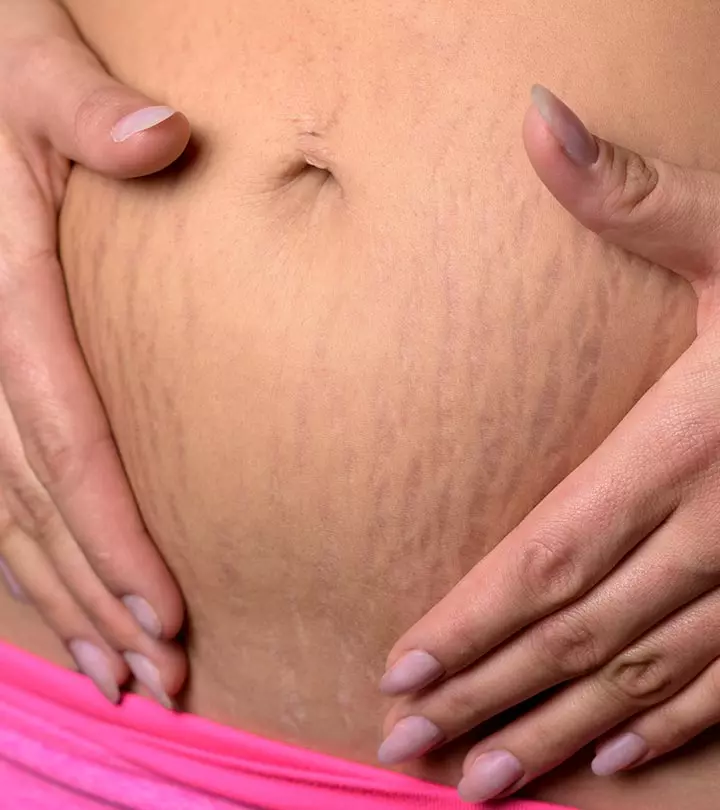
Image: Shutterstock
Stretch marks appear when your skin is stretched beyond its elastic capacity.
They initially appear red but eventually turn skin-colored as they grow older. So, how to get rid of red stretch marks? It is easier to get rid of these red marks as they are comparatively fresh and easy to treat. But how exactly do you treat them? What are the treatment options and home remedies available? This article answers all your questions and touches upon the fundamentals of stretch marks and where they occur more. Keep reading.
In This Article
What Are Red Stretch Marks?
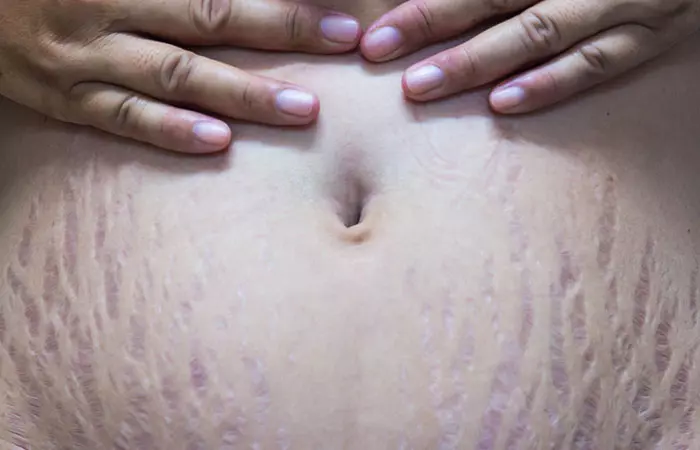
You might have noticed red lines on your stomach, thighs, arms, or any other body parts. These red lines are red stretch marks or striae rubra. This is a common skin condition that is caused by overstretching the skin. Overstretching your skin damages the elastic fibers in the deeper layer of skin (dermis).
Stretch marks usually appear red due to the skin in that area becoming thinner. As a result, the blood vessels present beneath the skin become visible and the stretch marks appear red. Eventually, the redness fades away and the color of the stretch marks changes with time.
 Trivia
TriviaHave you ever wondered “Why are my stretch marks red?”? Several factors are responsible for the overstretching of skin. Let us take a look at them in the next section.
 Trivia
TriviaKey Takeaways
- Pregnancy, growth spurt during puberty, rapid weight gain or weight loss, genetics, and medications can cause red stretch marks.
- You are most likely to develop stretch marks on the thighs, breasts, belly, hips, abdomen, and buttocks.
- There are several ways to treat them, including medical procedures and at-home treatment options.
Causes Of Red Stretch Marks
1. Pregnancy

Women usually develop stretch marks during pregnancy. The fibers in the skin around the belly become soft and stretch to make room for the developing fetus. As the baby grows, the skin stretches and develops stretch marks.
2. Growth Spurt During Puberty
Often, adolescents experience a sudden and rapid growth spurt when they hit puberty. At that time, their body grows and either loses weight or gains weight quickly. This sudden stretching and contracting of the skin may leave stretch marks.
3. Rapid Weight Gain Or Weight Loss
When you gain weight in a short period of time, your skin stretches suddenly and develops stretch marks on the butt, back, shoulder, thighs, or just anywhere the fat is stored.
4. Genetics
If you have a family history of stretch marks, you may be prone to develop them.
5. Corticosteroids And Medications
Using corticosteroids for a long time can bring down the level of collagen in your skin. This affects your skin’s ability to stretch, and you are at a high risk of developing stretch marks.
6. Body Building
When you are trying to build muscles, the rapid growth of muscle mass can also stretch your skin and create stretch marks.
7. Medical Conditions
Rare health conditions such as Ehlers-Danlos syndromei A group of hereditary medical disorders that affect the connective tissues in the body like skin, blood vessel walls, joints, etc. , Cushing’s syndromei A rare medical condition that occurs due to the overproduction of cortisol (stress hormone) over a long period of time. , and Marfan’s syndromei A genetic disorder that changes the proteins needed for healthy connective tissue production, causing damage to the skin, eyes, etc. may also cause stretch marks due to various physiological factors associated with the conditions.
You do not get stretch marks on your hands, feet, or face. There are specific body parts where you usually get stretch marks. Check them out below.
Common Body Parts Where You Get Red Stretch Marks
You are most likely to get stretch marks on your:
- Thighs
- Breasts
- Belly
- Hips
- Buttocks
- Abdomen
You may also notice stretch marks on your lower back and on the back of your arms. You are most likely to get stretch marks on the parts where your body stores more fat.
Now that you know where red stretch marks commonly appear, let’s explore some diagnosis information to better understand your skin’s needs and find effective solutions!
How Are Red Stretch Marks Diagnosed
Doctors usually diagnose stretch marks by visually examining the affected areas. They may also ask about your medical history to identify any underlying conditions that could contribute to their formation. This thorough assessment helps healthcare professionals understand the cause of the stretch marks and determine the best approach for treatment or management.
Red stretch marks are easier to treat as the skin in that particular area can still produce collagen, which can cover up the marks. However, once the stretch marks become old and turn white, it is tough to treat them. With proper treatment, the marks may not go away entirely but fade to a great extent.
How To Treat Red Stretch Marks
Here are some remedies that can help fade red stretch marks.
I. Medical Procedures And Treatment Options
1. Microdermabrasion
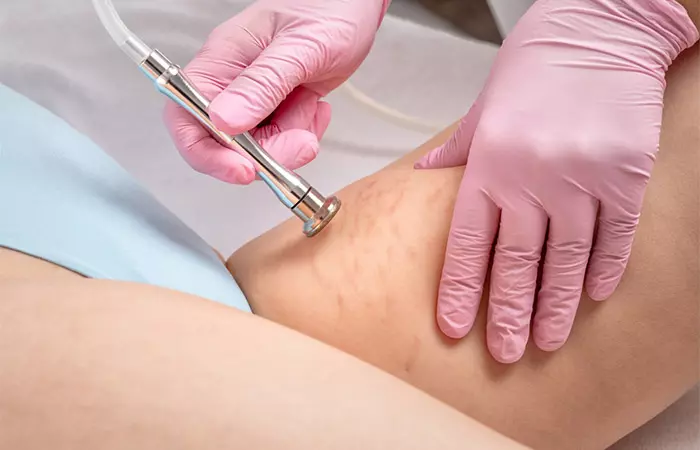
Microdermabrasion is one of the best ways to deal with red stretch marks. Multiple studies have found that microdermabrasion can help improve the appearance of red stretch marks (1). Microdermabrasion is the process in which a wand-like device with a crystal tip is rubbed on your skin to buff the top layer. This helps make your skin smoother.
2. Microneedling
The needles in the microneedling device poke the skin to boost collagen production. A study done on Korean women found that microneedling can improve the appearance of early stretch marks (2).
3. Laser Therapy
Treating red stretch marks with 1064-nm long-pulsed Nd: YAG laser or 595-nm pulsed dye laser was found to be effective in improving their appearance. It not only reduces redness but also boosts collagen production, thus improving the appearance of the stretch marks (1). Fractional lasers (Erb or CO2 Laser) are also helpful in fading these marks.
4. Topical Creams
Tretinoin creams have been found to improve the appearance of red stretch marks. However, they may cause irritation, redness, and peeling if not used properly. Pregnant women should avoid using tretinoin creams (3).
Emollient oils are also beneficial in treating and preventing red stretch marks on breasts or any other body part during pregnancy. Applying emollients helps improve skin elasticity, which prevents and treats early stretch marks. One anti-stretch marks ointment that was studied in Romania included emollients like argan oil, cocoa butter, and beeswax (4).
5. Chemical Peeling
In this process, skin acids are used to peel away the top layer of your skin, revealing a smoother surface. This might help in gradually fading red stretch marks, though the efficacy of this treatment is unknown (3).
Other methods like mesotherapyi A non-surgical cosmetic treatment that uses vitamins, hormones, plant extracts, and enzyme injections to rejuvenate and tighten skin. and platelet-rich plasma therapy can also help treat stretch marks. These treatments for stretch mark removal may prove effective in this regard.
 Trivia
TriviaWondering how to get rid of stretch marks? You can try some at-home remedies to treat your red stretch marks. However, there is not enough scientific evidence that these at-home treatments will give you results.
II. At-Home Treatment Options
1. Creams And Lotions For Stretch Marks
There are topical creams and lotions available for fading stretch marks. There is no scientific proof for the efficacy of these products and their ability to fix the torn elastic fibers in your skin. However, these creams can moisturize your skin, which may reduce the appearance of early stretch marks.
2. Almond Oil
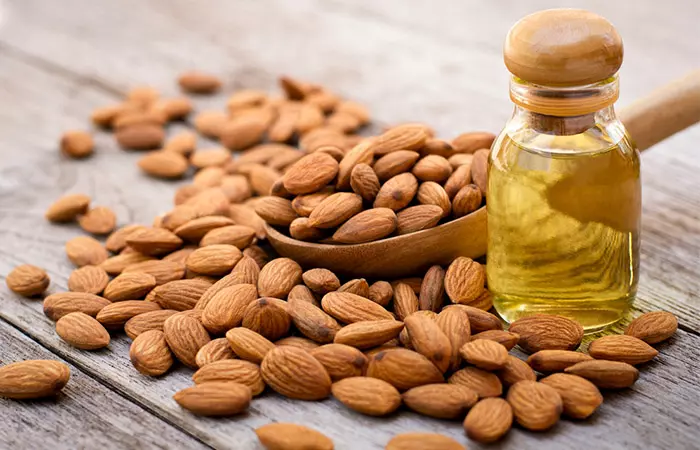
You can prevent the formation of stretch marks by massaging your skin with almond oil (5). It helps keep your skin moisturized and improves its elasticity. This prevents stretch marks even when your skin stretches during pregnancy.
3. Olive Oil
Olive oil may be used to reduce the severity of stretch marks. Regular use of olive oil may reduce the risk of severe Striae gravidarum (dark red stretch marks) and make stretch marks less visible. It has the ability to maintain moisture in the skin, which may help keep the skin supple, making it less likely to develop stretch marks (6). However, individual responses may vary, and olive oil may be more effective in managing stretch marks but may not completely diminish them. Usage of olive oil needs to be coupled with stretch mark creams suggested by a healthcare provider for effective results.
4. Hyaluronic Acid
As per the American Academy of Dermatology, applying hyaluronic acid on early stretch marks may help reduce their appearance. It can help fade them and make them less noticeable (7).
5. Keep Your Skin Moisturized
Apply emollient ingredients like cocoa butter and beeswax to keep your skin moisturized and prevent stretch marks (4). You may even consider massaging your skin with other emollients such as shea butter, virgin coconut oil, or any other plant oils. Though there is no evidence that these ingredients reduce or prevent stretch marks, they can keep your skin moisturized. This might help in reducing the appearance of stretch marks.
6. Check Your Diet

This is important to prevent sudden weight gain and prevent stretch marks. Try to eat a healthy and balanced diet and avoid junk food. A diet rich in essential vitamins and nutrients like vitamins C and E and zinc can minimize stretch marks and keep your skin healthy.
Other than these treatments and remedies, there are a few quick fixes for hiding stretch marks that you can use if they are bothering you:
- Self-Tanners: These are available in the form of creams, lotions, and sprays and usually used to give your skin a tanned look. They can help even out your skin tone and hide the stretch marks for a few days.
- Body Makeup: You may use body makeup to hide your stretch marks. However, remember to use waterproof and transfer-proof makeup so that it stays on your skin even when you are in a humid environment.
Sneha Nagre, a blogger, shares how she lightened stretch marks using natural, ayurvedic ingredients. She used aloe vera gel, a blend of tulsi and neem juices, oil massages, wild turmeric paste, gotu kola creams/gels, and vitamin E supplements and skincare products along with following a healthy diet containing zinc and protein based foods. She adds, “These were my seven tips, which I researched and used, which helped me to lighten my stretch marks. But it needs consistency and patience. Because the effect will be seen slowly, quick chemical creams cause side effects, but these natural things will give a slow but genuine effect. Stretch marks can’t be 100% disappeared. But it can lighten up to 70–80 percent (i).”
Infographic: 5 Ways To Treat Red Stretch Marks
Overstretching your skin damages the deeper layers, which leads to the development of red stretch marks. The good news is red stretch marks are comparatively fresh and easier to treat. We have rounded up 5 medical treatments that can improve the appearance of red stretch marks in the infographic below. Check it out for more information.

Illustration: StyleCraze Design Team
You will find many treatments that claim to get rid of red stretch marks. But the truth is stretch marks do not disappear completely. Red stretch marks are fresh and hence, may respond to treatment well. However, you can only minimize their appearance with proper skin care and make them less prominent. The tips discussed in the article may help fade them up to a certain extent. However, you must be patient before you see any results. Always consult a doctor to understand the measures you may take to minimize red stretch marks and treatments that give you the best results.
Frequently Asked Questions
What are the different colors of stretch marks?
Stretch marks can appear in red, blue, purple, brown, and black colors, depending on individual skin tones. They are red, blue, and purple on lighter skin, brown on medium skin, and black on darker skin tones. As they age, they may turn into light pink, white, or silver in color.
Are red stretch marks permanent?
Red stretch marks are not permanent. Once the stretch marks become old, they turn white and fade over time.
What color stretch marks usually go away?
White or silver stretch marks usually fade over time.
Can Vaseline remove stretch marks?
Massaging your skin with Vaseline in circular motions may help promote new tissue growth and remove stretch marks.
Does scratching make stretch marks worse?
Yes. Scratching stretch marks deepens them and leaves scars behind, making the situation worse.
How long before red stretch marks turn white?
Red stretch marks may take 6-8 weeks to turn white.
Learn about the different types of stretch marks on the body and effective treatment options. Watch this informative video to explore ways to address and minimize their appearance.
Personal Experience: Source
StyleCraze's articles are interwoven with authentic personal narratives that provide depth and resonance to our content. Below are the sources of the personal accounts referenced in this article.
i. 7 Tips to Lighten Your Stretch Markshttps://medium.com/illumination/7-tips-to-lighten-your-stretch-marks-8f40327dc5a
References
Articles on StyleCraze are backed by verified information from peer-reviewed and academic research papers, reputed organizations, research institutions, and medical associations to ensure accuracy and relevance. Read our editorial policy to learn more.
- Management of stretch marks (with a focus on striae rubrae, Journal of Cutaneous and Aesthetic Surgery, US National Library of Medicine, National Institutes of Health.
https://www.ncbi.nlm.nih.gov/pmc/articles/PMC5782435/ - Treatment of striae distensae using needling therapy: a pilot study, Dermatologic Surgery, US National Library of Medicine, National Institutes of Health.
https://pubmed.ncbi.nlm.nih.gov/22913429// - Stretch Marks (Striae), National Center for Biotechnology Information, US National Library of Medicine.
https://www.ncbi.nlm.nih.gov/books/NBK436005/ - Preliminary study on the development of an antistretch marks water-in-oil cream: ultrasound assessment, texture analysis, and sensory analysis, Clinical, Cosmetic and Investigational Dermatology, US National Library of Medicine, National Institutes of Health.
https://www.ncbi.nlm.nih.gov/pmc/articles/PMC5019162/ - The effect of bitter almond oil and massaging on striae gravidarum in primiparaous women, Journal of Clinical Nursing, US National Library of Medicine, National Institutes of Health.
https://pubmed.ncbi.nlm.nih.gov/22594386/ - The effect of olive oil on prevention of striae gravidarum: a randomized controlled clinical trial
https://pubmed.ncbi.nlm.nih.gov/22863639/ - Stretch Marks: Why They Appear and How To Get Rid of Them American Academy of Dermatology Association.
https://www.aad.org/public/cosmetic/scars-stretch-marks/stretch-marks-why-appear - Platelet‐rich plasma for striae distensae: What do we know about processed autologous blood contents for treating skin stretchmarks?—A systematic review US National Library of Medicine National Institutes of Health.
https://www.ncbi.nlm.nih.gov/pmc/articles/PMC8244019/# - Use of a specific anti-stretch mark cream for preventing or reducing the severity of striae gravidarum. Randomized double-blind controlled trial US National Library of Medicine National Institutes of Health.
https://pubmed.ncbi.nlm.nih.gov/23237514/
Read full bio of Dr. CP Thajudheen
Read full bio of Ramona Sinha
Read full bio of Eshna Das
Read full bio of Shiboli Chakraborti








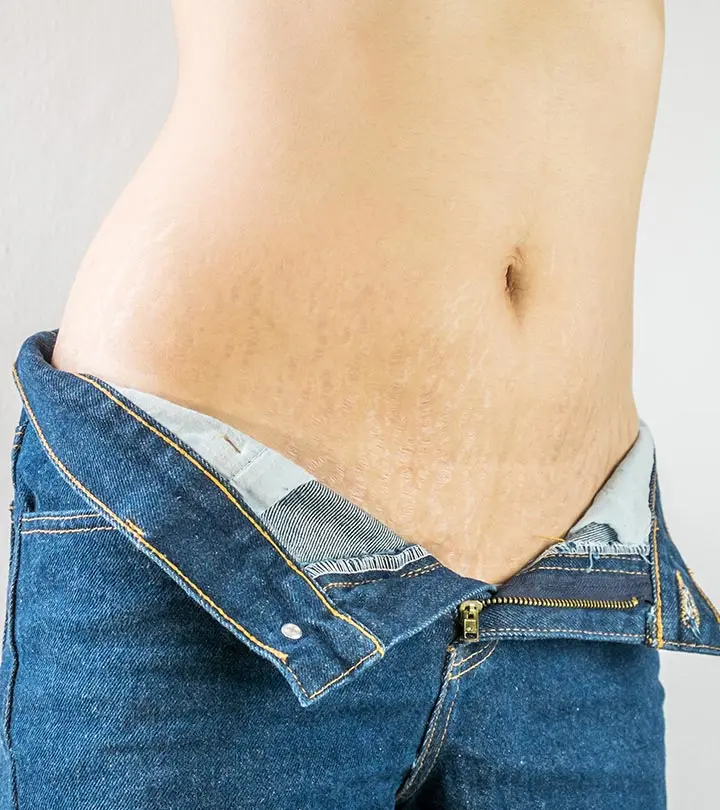
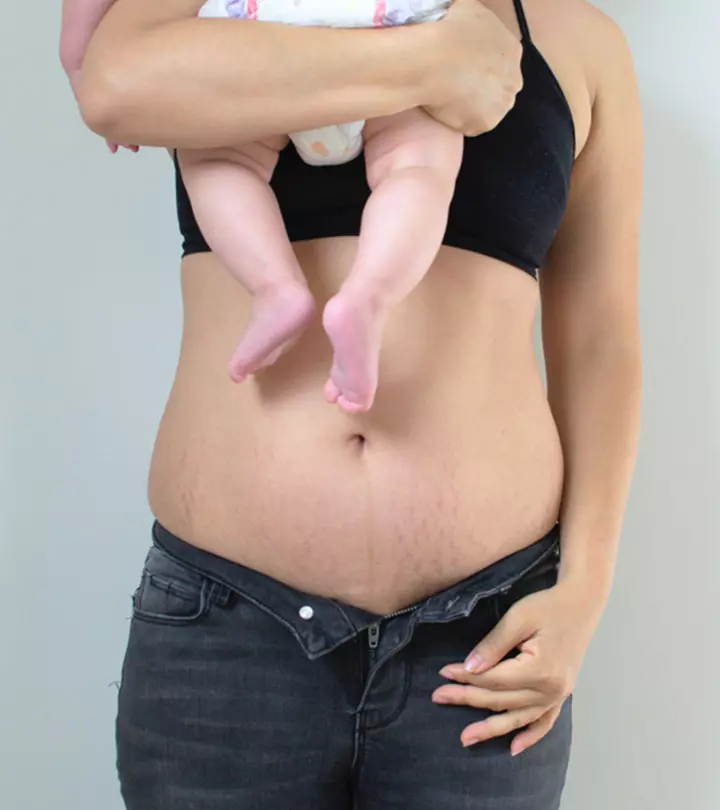
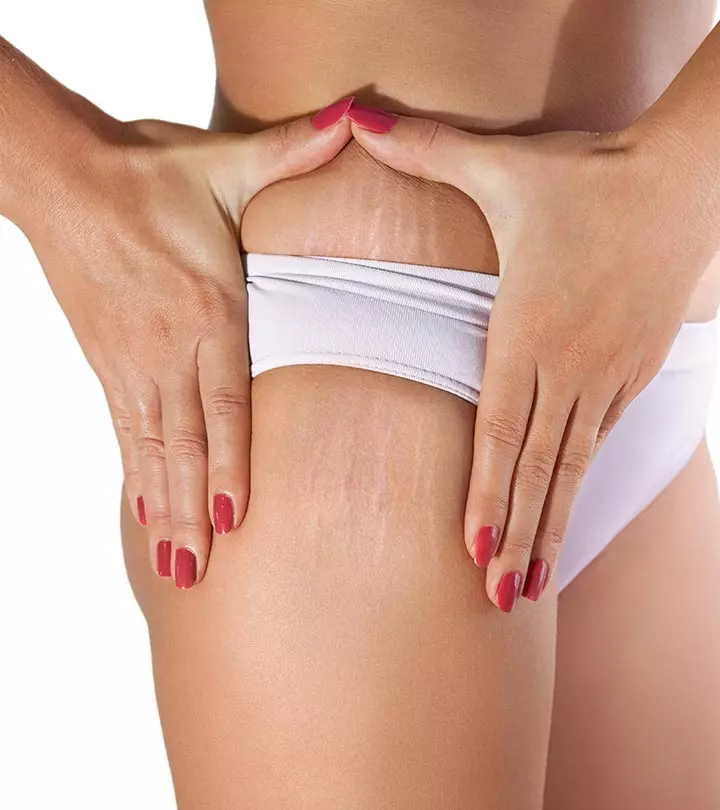
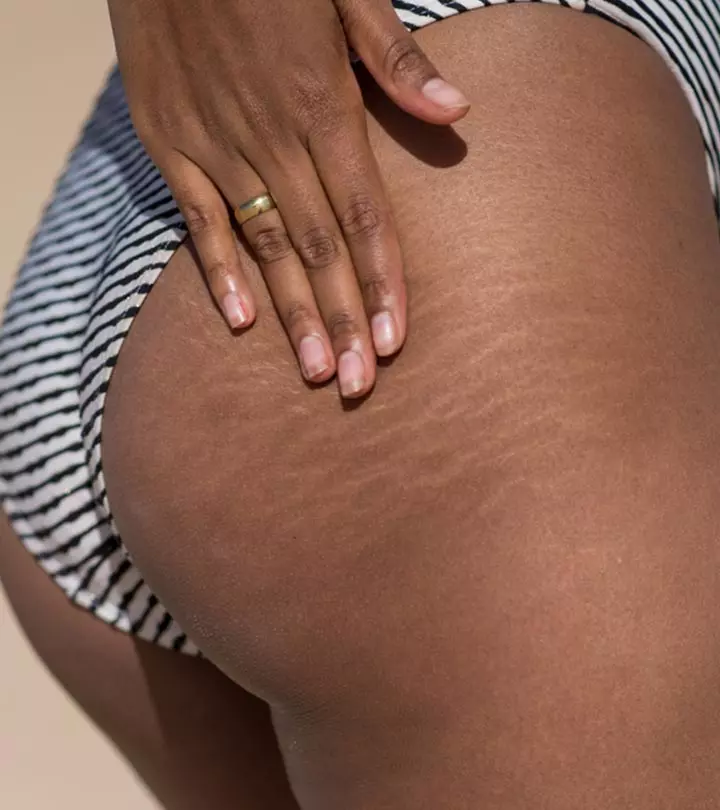
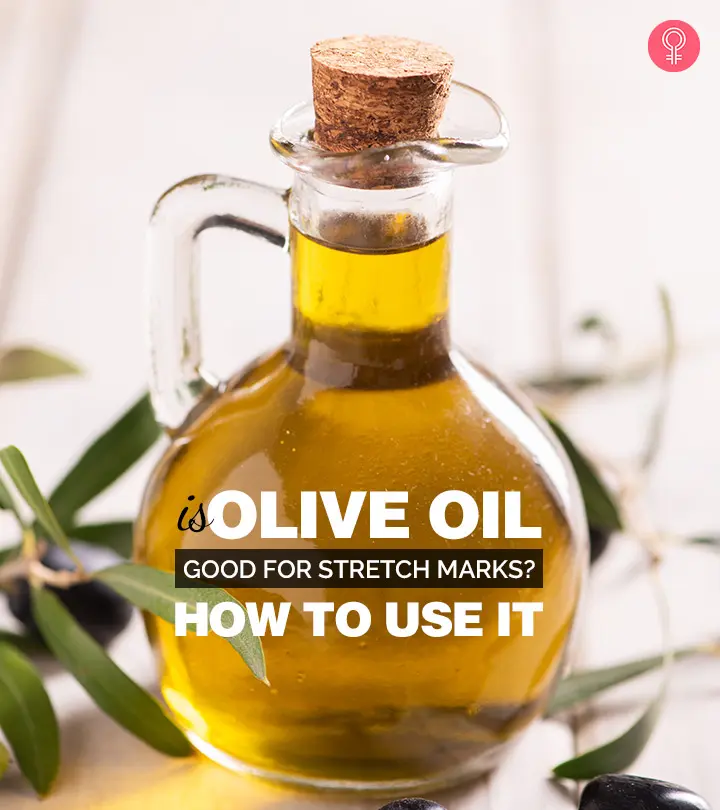

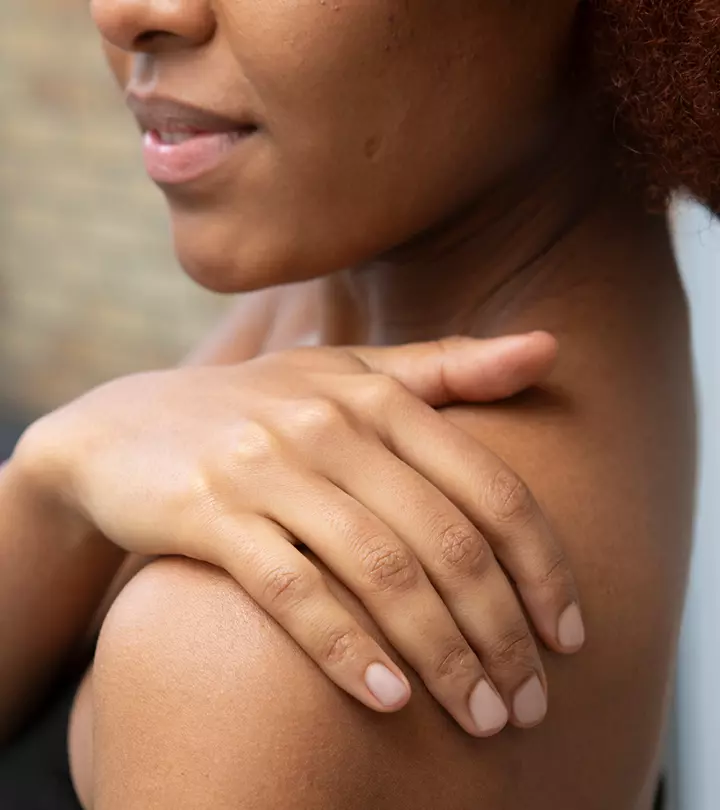
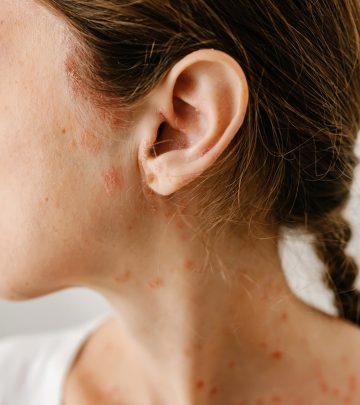
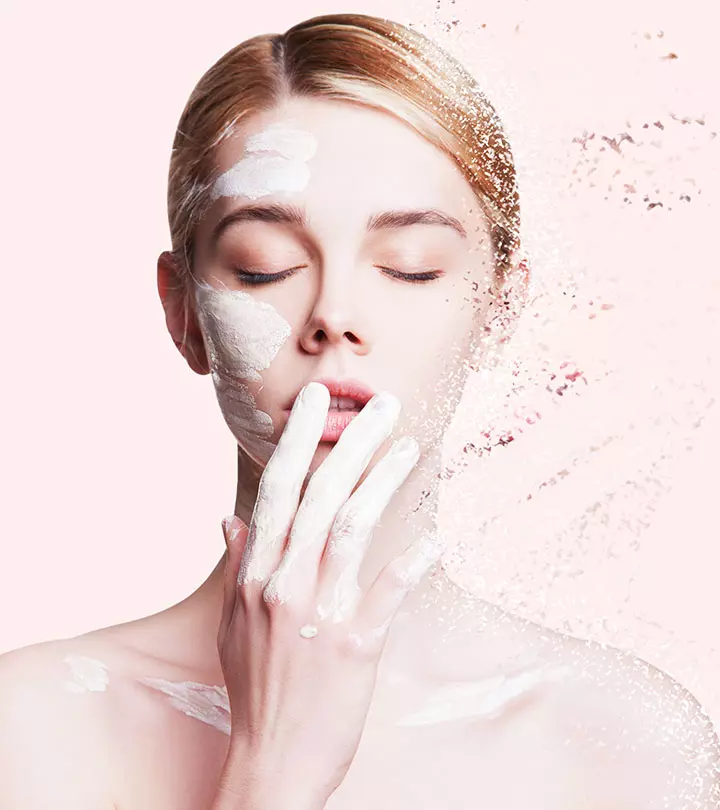
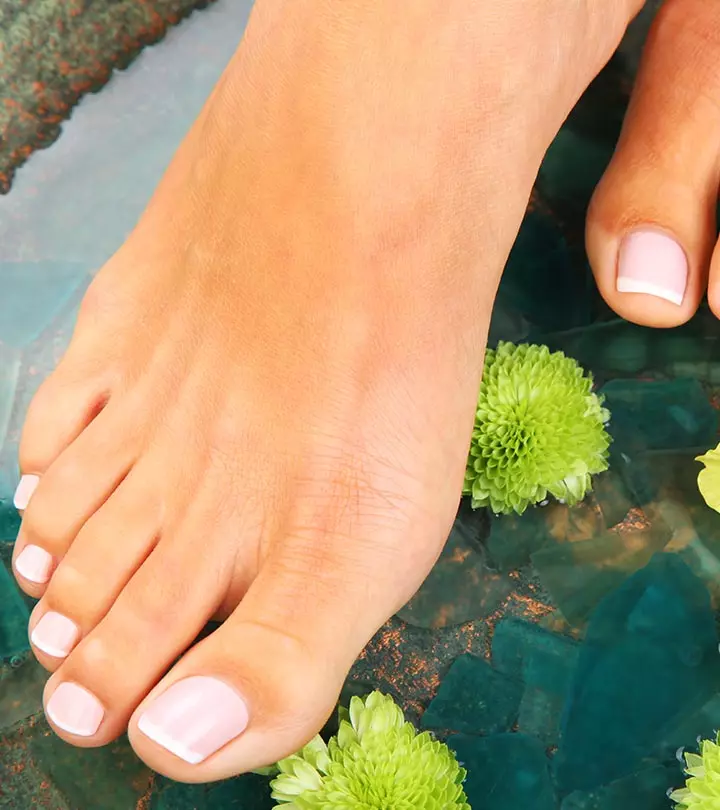
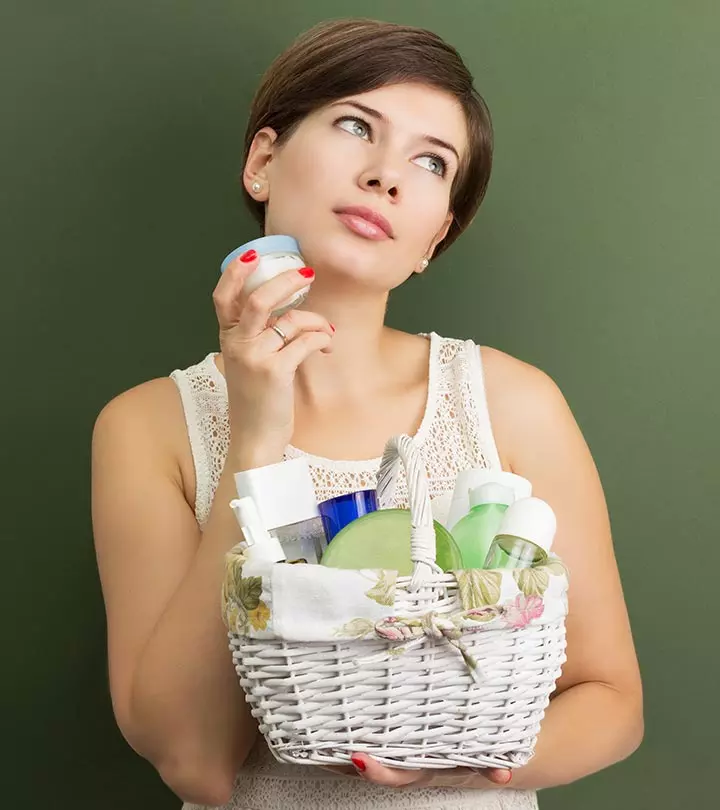
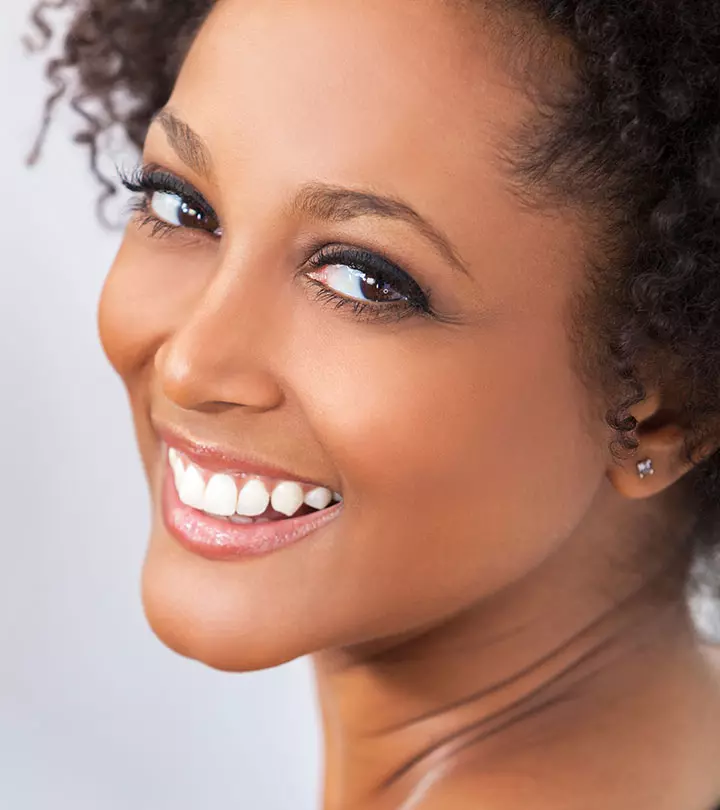


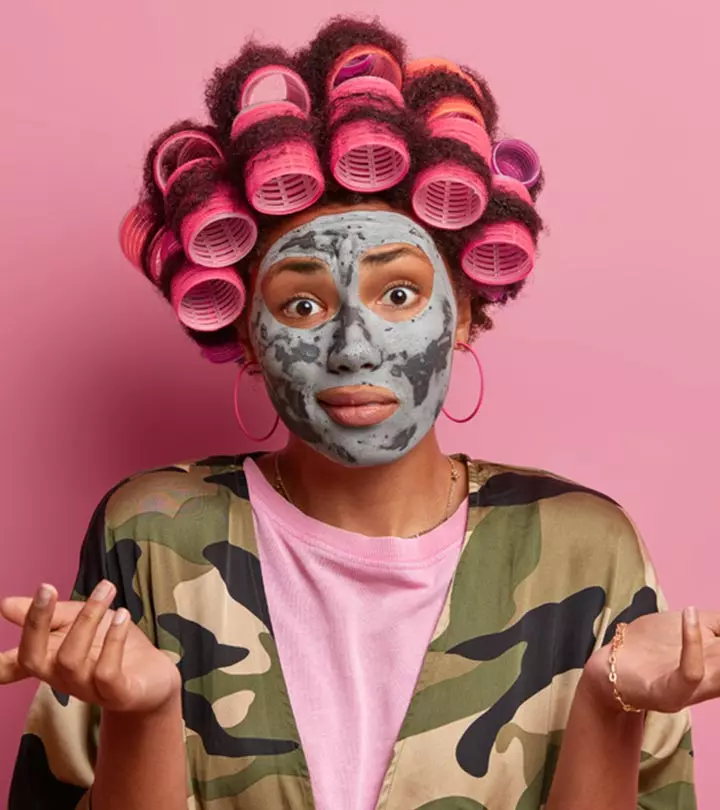

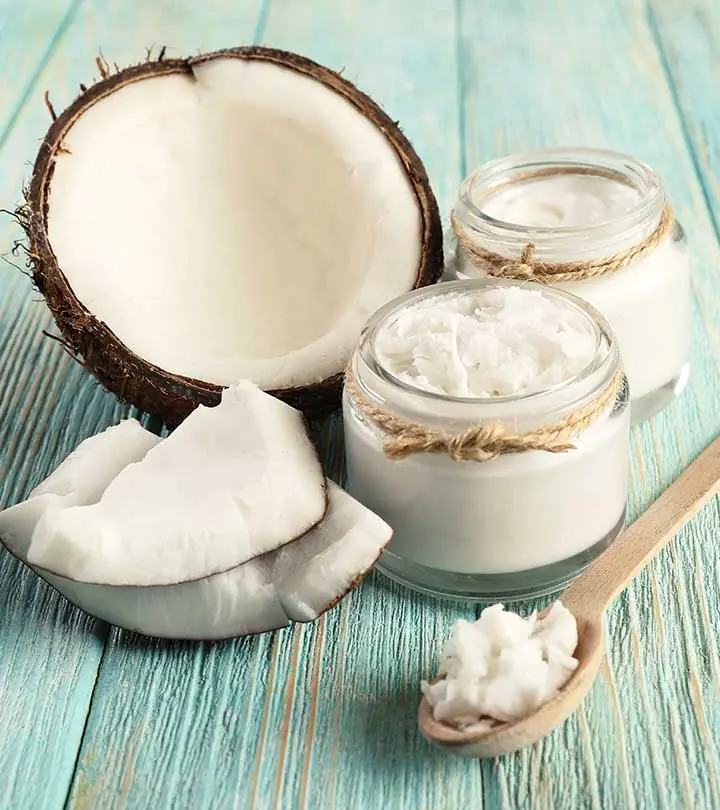
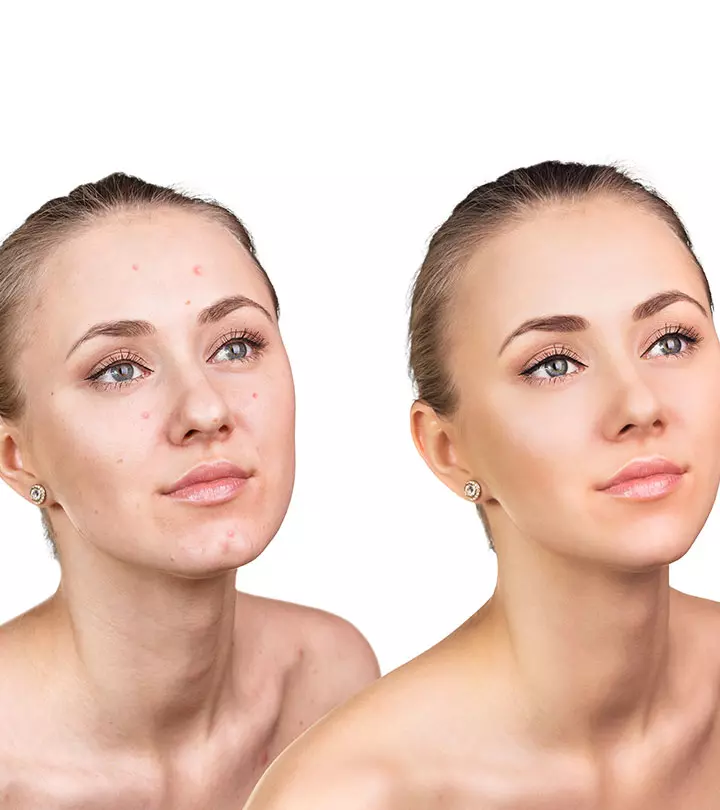
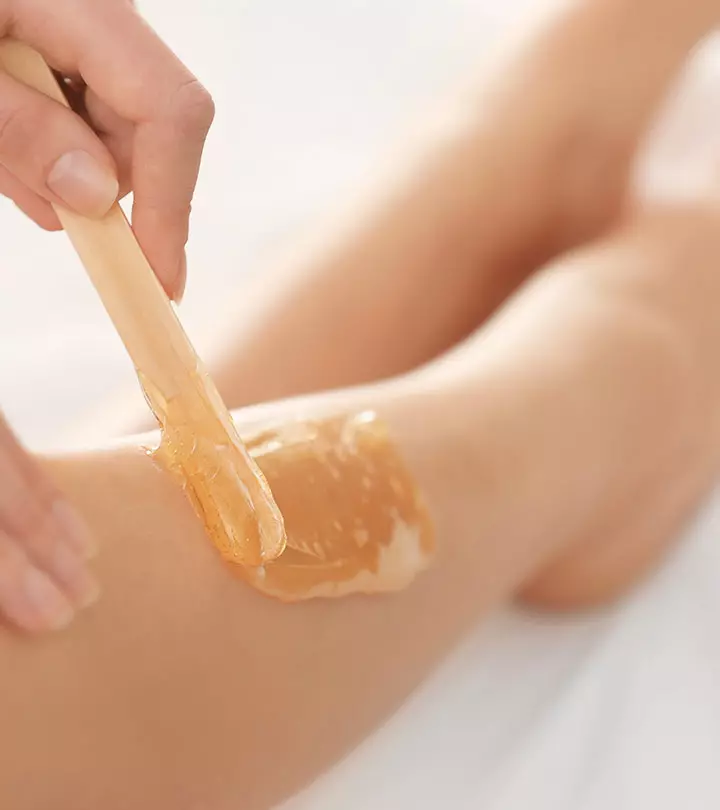

Community Experiences
Join the conversation and become a part of our empowering community! Share your stories, experiences, and insights to connect with other beauty, lifestyle, and health enthusiasts.